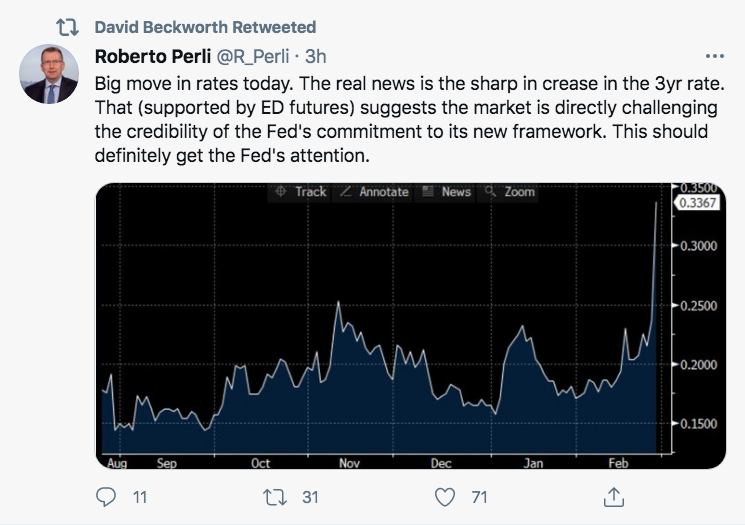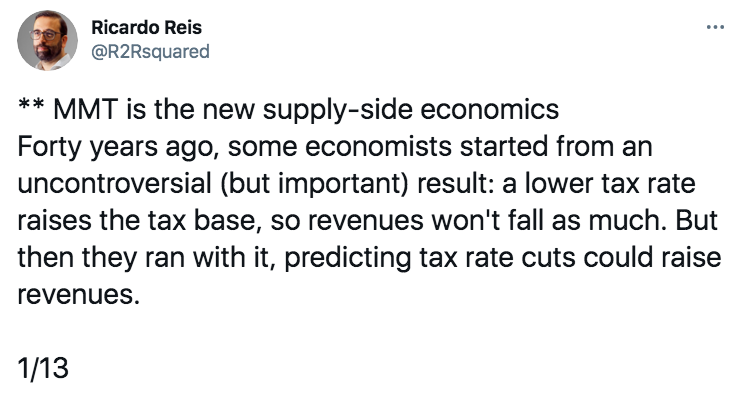No hay esperanza
There’s a country of 130 million people on America’s southern border—one of our largest trading partners. Interestingly, Americans pay almost no attention to what’s going on in Mexico. How many could even name its leader? Indeed, how many Americans with PhDs could name its leader? I’ll bet more people could name Canada’s leader. Even I couldn’t remember Amlo’s formal name when I sat down to write this post. Here are some facts about him:
1. Andrés Manuel López Obrador was defeated in presidential elections in 2006 and 2012, and then claimed the elections were stolen from him.
Sound familiar?
2. In 2018, he campaigned on revising the NAFTA treaty, and did so after being elected.
Sound familiar?
3. He toughened his southern border to prevent illegal migration.
Sound familiar?
4. He tried to push Mexico away from clean energy sources, and back to fossil fuels:
The government has ended auctions to bring on more renewable projects. It tried to halt the final testing needed for new clean energy plants to come online. And President Andres Manuel Lopez Obrador and his allies are pushing through legislation that would effectively kill existing renewable investments by favoring more expensive and dirtier energy sources. Combined with Mexico’s backsliding on its Paris Accord commitments, such measures will make Mexico a pariah among its more environmentally focused peers. And carbon-based taxes on imports in many markets — starting with Europe — could erode if not end Mexico’s manufacturing advantages.
Sound familiar?
5. He made almost no effort to control Covid, and Mexico ended up being hit especially hard.
Sound familiar?
6. He campaigned against corruption, and then his office tried to prevent any oversight of corruption in his government:
One scandal featured the president’s wife and a $7 million mansion built by a top government contractor. Another involved the misuse of federal AIDS funds to buy Cartier pens and women’s underwear. Then there was the “Master Fraud,” in which $400 million flowed between 11 government agencies, eight universities and dozens of phony companies — with half disappearing.
Each of the cases was exposed thanks to Mexico’s freedom of information system, often ranked among the world’s most effective. Created in 2002, it has allowed journalists and researchers to wrest documents from a government long known for opacity.
The system has been “one of the most important democratic advances in Mexico” since the end of one-party rule in 2000, said Roberto Rock, a journalist who lobbied for its creation.
Now, President Andrés Manuel López Obrador wants to rein in the National Institute for Access to Information, or INAI, the independent body that runs the system. He says it’s expensive and has failed to end corruption.
Sound familiar?
He’s also not exactly a strong proponent of the MeToo movement.
Obrador is a man of “the left” and Trump is on “the right”, two terms that once had actual significance, but no longer have any coherent meaning in the 21st century.
Obrador was the great hope for the Mexican left for several decades. Then he was finally elected. Why isn’t his administration being widely celebrated? Why does no one seem to even care? Has everyone given up all hope for the future?
Remember when Daniel Ortega was viewed by Reagan as a communist threat in Nicaragua? He’s morphed from atheist left-winger to conservative Christian pro-business corrupt Trumpian presidente-for-life.
I never liked the left, but I do miss the time when people still had hope for the future, however misguided. Now everyone, even on the left, knows that it’s all just dirty politics. Now there’s no hope for the future.
Welcome to the 21st century!



